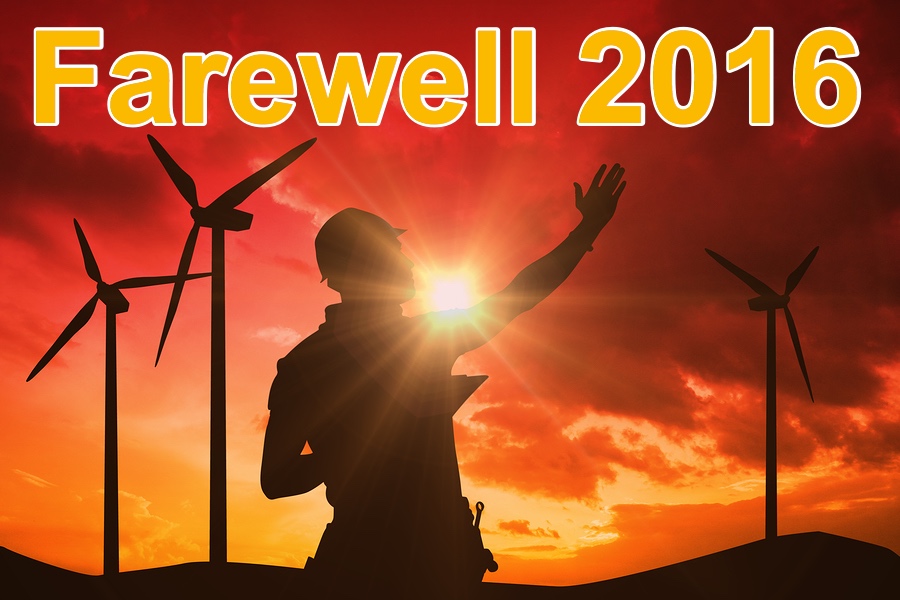
It has become fashionable to refer to 2016 as a horrible year. An annus horribilis.
If your personal annus has been horribilis, then you have my condolences. But I think, for most of the world’s population, it has actually been a pretty good year. An annus prettigoodis if you will.
I can understand why some people are down on 2016. After all, this is the year we tragically lost Phife Dawg1.
His dulcet tones shall bust rhymes nevermore.2
In addition, Snape got severed, Prince departed, Terry Wogan wobbled off this mortal coil, Jon English pirated his final Penzance, it was goodnight from Ronnie Corbett, Alan Young from Mister Ed became Mr Dead after failing to live up to his name, Nick Menza of Megadeth lived up to one millionth of his band’s name – it was sufficient quantity, Muhammad Ali punched out, Anton Yelchin was killed by Chekhov’s jeep, Gene Wilder somehow heard the call, Leonard Cohen had his last Hallelujah, John Glen went to infinity but probably not beyond… And finally, Ziggy Stardust returned to his home planet. But rather than taking a fabulous, shimmering, flying saucer, it was via cancer. If you have a choice, I really recommend taking the flying saucer. Trust me, you’ll get probed more in a cancer ward.
But apart from these few deaths, and 60 million other people without wikipedia3 pages who also died4, the world has been doing pretty well lately.
Random Reasons Why The World Is Doing Well
There are some specific reasons I will go into on why the world is doing well, but before I do, I want to get this grab bag of goodies out of the way…
Absolute Poverty Is Down!
The number of people in the world living in absolute poverty on less than $1.90 US a day declined from 44% in 1990 to under 10% today.
Malaria Deaths Are Down 60% This Century!
Between 2000 and 2015 malaria incidence declined 37% and deaths from malaria fell 60%.
Life Expectancy Is Up!
World life expectancy has increased from 48 in 1950 to around 71 today.
World Population Growth Is Down!
At around 1.1% a year, world population growth is now half its peak in 1968. Average fertility is now around 2.4 children per women. Estimates of what the world’s peak population will be, barring massive disaster, vary by a hell of a lot. But high predictions generally rely on birth rates increasing in richer countries and because I don’t see that happening, I expect world population growth to have slowed to a crawl by 2050.
Of course, if the immortality pills I have been working on prove to be a success that could change things, but they will take a very long time to test.
World Violence Is Down!
The world is becoming safer with deaths from violence in the 21st century low compared to any similar length of time last century. As one example, in Australia, homicide rates fell from 8 per 100,000 in 1995 to 1 per 100,000 in 2014.
The Ozone Hole Is Healing!
Thanks to a worldwide, coordinated effort to limit the emissions of chlorofluorocarbons and a number of other chemicals, the ozone layer is recovering from the rather large hole we carelessly poked in it. By 2020 the ozone hole may be half restored and it could be completely gone by 2050. The unfortunate drawback of this is, while it only has a small effect compared to CO2, ozone is a greenhouse gas.
But on the subject of greenhouse gas emissions, which are very important to get under control if we don’t want to cook our goose, I have some very good news…
Human CO2 Emissions Have Leveled Off
For the past three years anthropogenic carbon dioxide emissions, which are those caused by human activity, have either been level or extremely close to it.
This is great news. Although we are still dumping a huge amount of CO2 into the atmosphere and continuing to rapidly increase its concentration, we are no longer increasing the rate at which we are destroying the climate. The climate we depend upon for our survival.
We need to do a lot more than this, but the first rule of holes is, when you find yourself in one, stop smashing yourself in the face with the shovel. If you can manage to do that then the hole may not become a grave. It’s even possible to start filling in the hole instead of making things worse.
So while we still have a very long way to go, this is a turning point. To quote a great statesman:
“Now this is not the end. It is not even the beginning of the end. But it is, perhaps, the end of the beginning.5“
Well, actually he wasn’t that great a statesman. He was actually a pretty crappy one who couldn’t tell the difference between Turkish beaches and Turkish cliffs. But he did have some nice words.
Emissions Need To Be Cut And Fast
We desperately need to keep the increase in global temperatures to under two degrees Celsius. If we don’t then we won’t be able to look our grandchildren in the eye. This is because their heads will be under water.
If we keep warming under 2 degrees then we have a fair chance of not breaking things such as agriculture, weather, oceans, coastlines, and icecap6. My understanding is these things are terribly important.
This requires emissions be cut by at least 2.2% of their current level each year until they’re about zero.
Fortunately, we can do this.
There is a huge scope for improved energy efficiency, wind power continues to fall in cost, electric cars are becoming competitive with internal combustion vehicles, and one very important point I will expand on – solar power is continuing to spread.
Word Solar Production Is Increasing
While we’ll have to wait for precise figures, around 70 gigawatts, or close to it, of solar panels were installed around the world in 2016. This is around a 25% increase on the amount produced last year.
If they were all put in very sunny locations in Australia they could produce as much electricity as all the coal power stations in Australia currently do7.
Solar Power Is Continuing To Fall In Price
We have already seen an impressive fall in solar panel prices in 2016 and some analysts say we may see an additional fall of 13 or more cents. While the cost of a typical rooftop solar system will increase by around 4% with the slight reduction in STCs that will occur at the end of the year, solar panel prices will only need to fall by about 6 cents a watt to offset this. Because the cost of inverters and other hardware will also fall it seems inevitable that rooftop solar will continue to decline in price for Australians.
Enphase has promised to more than halve the cost of their microinverters from what they were at the start of this year by the end of 2017, so it will be interesting to see if they can manage to do that before running out of cash.
Utility scale solar is also falling in price and has been bid in at around 4 cents a kilowatt-hour in Dubai and Chile. But because it competes with the retail price of electricity, Australian rooftop solar is already effectively cheaper than that. For most people who own a roof, an appropriately sized rooftop solar system is the lowest cost source of electricity available in Australia.
Solar’s Energy Payback Is One Year
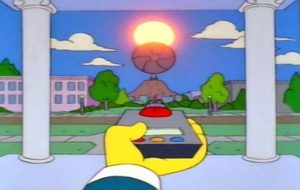
“The ‘Abbott Shield’ is ready to activate, Mr Turnbull.”
The energy payback period of rooftop solar in Australia is roughly one year. This means it only takes about a year for a rooftop solar system to generate as much energy as it took to make. This will only get better as the technology improves. Unless of course, someone blots out the sun.
The Future Is Bright
The Australian Electricity Market Operator, or AEMO, says rooftop solar will provide all electricity demand in South Australia at times by 2023. Other states seem certain to follow – that is, if Queensland doesn’t get there first.
I think there is an excellent chance that, provided we don’t let people who would rather watch the world burn than change how we obtain energy endanger our lives, in the next decade rooftop solar will provide the majority of our daytime electricity use in Australia. It is even possible solar will provide the majority of our electricity use overall.
Annus Mirabilis?
This year may not have quite been an annus mirabilis, or a wonderful year, but many things have gone right. While there have definitely been setbacks, those occur in every year, and I think, looking back at this time, historians will say 2016 was a year of definite improvement for the human species.
If there are historians, that is.
If the only historians in the future are the super intelligent descendants of irradiated cockroaches, then I’d like to point out that while Donald Trump was elected this year, he doesn’t become President until next year. So he totally counts towards 2017’s annus oompaloompis and doesn’t add to 2016’s woes. Because that would totally ruin the whole point of this article.
So according to Trump solar has almost halved its payback time in just 4 years. That’s pretty impressive.
Footnotes
- Once upon a midnight dreary, while I pondered, weak and weary,
Over many a quaint and curious volume of forgotten lore—
While I nodded, nearly napping, suddenly there came a rapping,
As of someone funkily rapping, rapping at my chamber door.
“’Tis Phife Dawg,” I muttered, “rapping at my chamber door—
Only this and nothing more.” ↩ - Finn is a big Tribe Called Quest fan and specifically requested that Phife Dawg be included in any roundup of 2016. I hope I have done ‘The Dawg” justice. ↩
- For god’s sake, will someone please donate to wikipedia so they’ll stop begging for money every time I open their site. ↩
- We also lost people such as Donald Henderson who worked to eradicate smallpox which may have killed half a billion people through history, but they didn’t sing anything catchy and weren’t on TV, so we probably don’t need to mention them. ↩
- Winston “ain’t nobody got time fo’ dat” Churchill. ↩
- We used to have icecaps, but the one in the north is in pretty bad shape at the moment and we may be down to just icecap at times by the 2030’s. ↩
- Just to be clear, I am aware solar panels don’t produce electricity at night. That is why they have the word ‘solar’ in their name. But, if instead of just being a simple comparison, 70 gigawatts of solar panels were installed in Australia it would still eliminate most of our coal generation. ↩


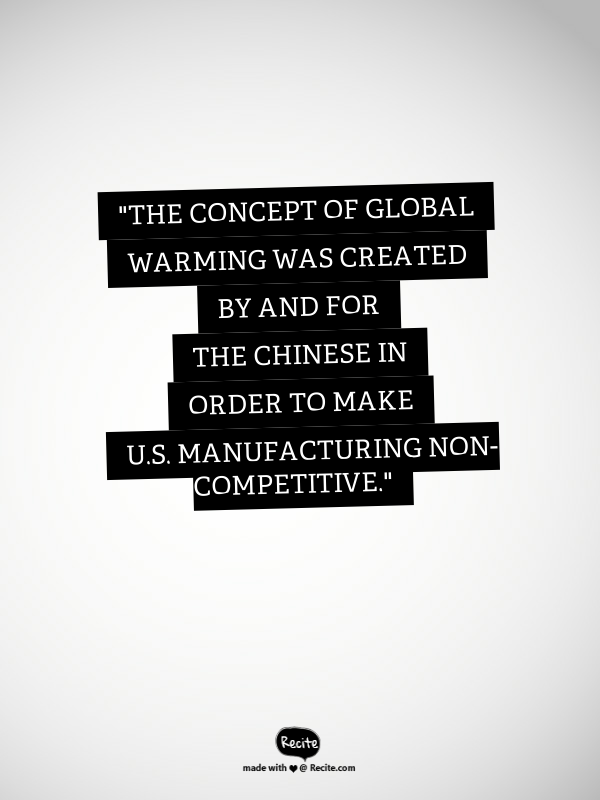
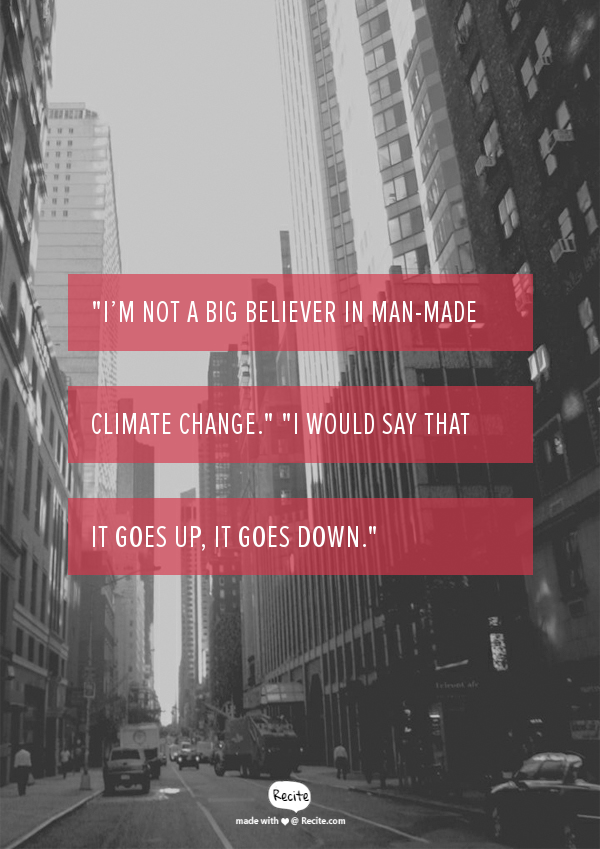
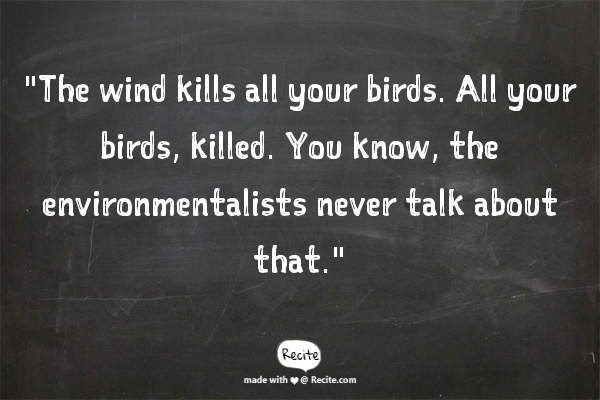
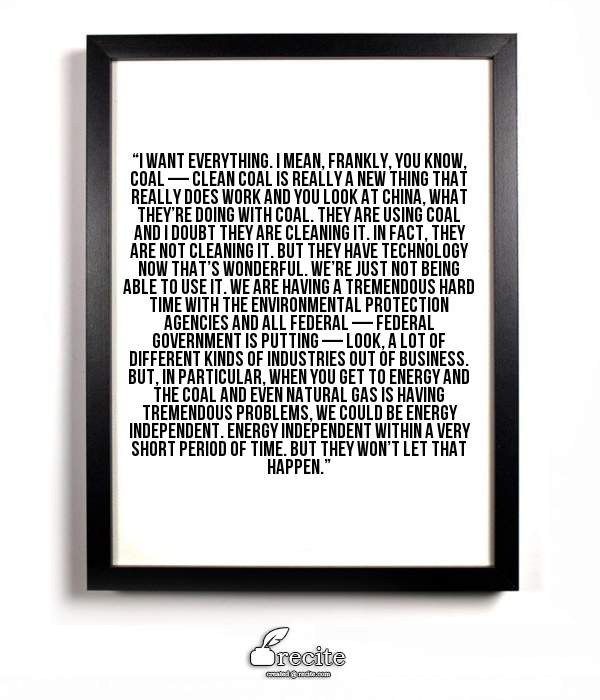
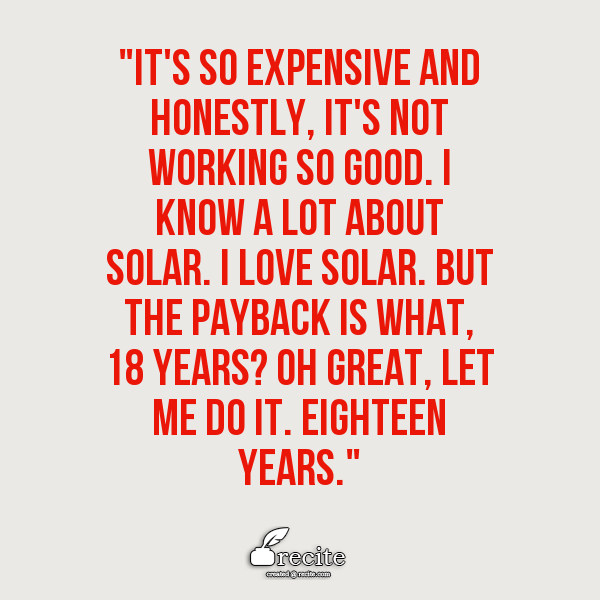
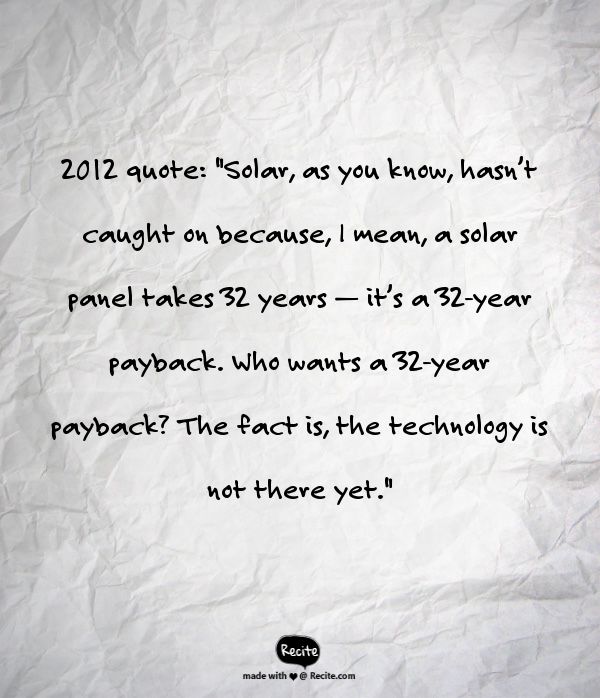
 RSS - Posts
RSS - Posts



Pretty good young feller, apart from the false premises to which you’re so prone.
Like saying “solar panels don’t produce electricity at night”. Sure they do; it just depends on where they’re sited. The sun shines 24/7. You’ve gotta learn to think outside the square. (Sphere?)
Reminds me why the Irish Space Program never…..er, ‘got off the ground.
I recall they were going to steal a march on the Hamericams and the Soviets by bypassing the moon and going directly to the sun. When it was pointed out that the sun was extremely hot and that their mission would be burned to a cinder before they got halfway there, they decided to go at night.
….and as for global warming “cooking our goose” –> wouldn’t that be a desirable option to using a oven and thereby adding to the greenhouse effect?
… and in closing ~ just for the record ~ one could suggest that the One Ice-Cap panic is something of a furphy. ie: If the North Pole has an icecap, wouldn’t Newtonian Laws of Gravity imply that the South Pole have an ice nappy?
Problem solved.
Anyway, have a good one. And if you start overheating turn up the thermostat on your beer fridge and plug it into a couple of solar-panels. (Or, if that doesn’t do the trick, for WHATEVER reason, SEVERAL solar panels; seeing that they’re so cheap these days.)
Priorities are, after all, priorities.
ps… DO try to refrain from denigrating cockroaches. I suspect they are far too wise ever to become ‘intelligent’. .It appears they’ve figured out that the more intelligent a species becomes the shorter its journey to extinction.
For example, dinosaurs had brains the size of a pea and reigned for over 200 MILLION years, give or take a few weeks.
Cockroaches have NO brain at all, and not only have they been around since long before the dinosaurs and 60 million years AFTER them, but look like being around long after our own species has moved on. Not even nukes can kill the little buggers.
The aptly-named HomoSAPiens has been here for a piddlin’ 200.000 years or so, and seems to be on the way out. Even Steven Hawking reckons we’ll be lucky to last another thousand years. (And I reckon Hawking is somewhat optimistic, so don’t pay a huge sum for extended warranties on your solar panels!) My resolution for the new year is to have my brain removed and donated to a politician. Win-win!
Solar would pay off much faster if Ergon would stop sending ripples down disabling my PV export!
Yes and I think things will accelerate faster than people think, this is a once in a century disruption, industrial revolution, just like the roaring twenties and the second industrial revolution. Due to 40 years of the great stagnation, 8 years of the global financial crisis, the worst recession since the great depression, giving us the great recession in Southern Europe, we aren’t used to booms, in the developed world. But as your figures say, the developing world, has been experiencing the second industrial revolution, since the end of the cold war 27 years ago. Soaring literacy, income levels, acting as a powerful contraceptive, for example high speed rail in China, now they’re benefiting from the third industrial revolution, clean disruption, more than the developed world.
That’s why, combined with energy efficiency, their standard of living is going up so fast, without carbon dioxide emissions increasing, for the last 3 years, China has cancelled, 103 coal fired power plants, India has said, that they won’t make another coal fired power plant, for a decade. Soon with solar cheaper, than coal fired power plants, CO2 based power, will start being shut down, the intermittency problem, is being solved, with prices for power storage, per kWh, declining faster, than the price of solar power. It’s time we had increasing availability of power, for cheaper prices, cheaper power storage, giving us cheaper transport. Cheaper food, through solar power and LED lighting, aeroponic mist, vertical farms, high rise agriculture, people in cities, making less CO2, vertical farms extracting CO2, from cities, electric vehicles, solar power, reducing the smog and soot. With cancerous diseases the number 1 killer, like infectious diseases, before the second industrial revolution, we can have those life expectancy gains again, with clean disruption.
An industrial revolution, that allows the cities to breathe easier, just 25% of deserts alone, could give us 25 times the energy, we currently use.